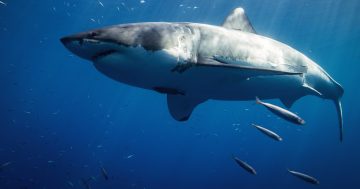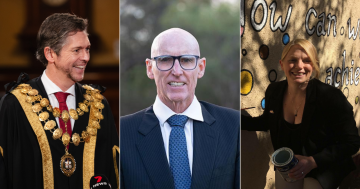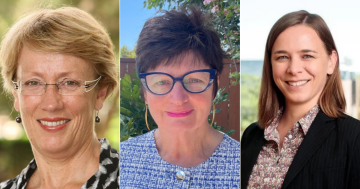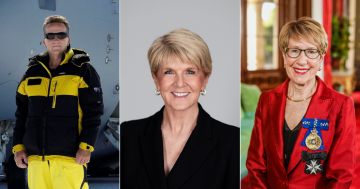 This week 10 years ago, innovative technology being trialled by the Melbourne Fire Brigade (MBF) would offer firefighters a bird’s-eye view of fires and major incidents. Commander Will Glenn said unmanned aerial vehicle (UAV) remote-controlled aircraft that carried a camera into the air, previously only used in training scenarios, would now be available to respond to incidents as part of a 12-month pilot program.
This week 10 years ago, innovative technology being trialled by the Melbourne Fire Brigade (MBF) would offer firefighters a bird’s-eye view of fires and major incidents. Commander Will Glenn said unmanned aerial vehicle (UAV) remote-controlled aircraft that carried a camera into the air, previously only used in training scenarios, would now be available to respond to incidents as part of a 12-month pilot program.
“The UAVs can transmit real-time images,” Commander Glenn said. “This has the potential to greatly enhance the incident controller’s ability to make timely, effective tactical decisions and deployments as well as allowing management teams to locate and monitor the positions of their crews and resources.”
- Former Australian Federal Police Commissioner Mick Keelty recommended sweeping reforms to encourage Queensland’s Police and Emergency Services to work closer and respond more effectively during disasters. Mr Keelty’s recommendations included transferring the Queensland Ambulance Service to Queensland Health, transferring Queensland Corrective Services to the Department of Justice and Attorney-General, and revamping the Department of Community Safety.
Mr Keelty also suggested creating a new position of Inspector General of Emergency Management to ensure emergency and disaster responses were better coordinated, and removing frontline police from operating mobile speed camera vans and undertaking wide-load escorts to ensure a better focus on core law enforcement duties.
- Also in Queensland, Attorney-General and Minister for Justice, Jarrod Bleijie warned crime bosses and drug traffickers would face losing everything under some of the toughest laws in Australia being introduced in the State. Mr Bleijie said the Government’s drug trafficking and unexplained wealth laws would send a clear message to criminals, with convicted drug traffickers forced to forfeit all their property, whether it was obtained legally or illegally, including gifts they had given to people in the six years before their offence.
“These criminals’ lavish lifestyles are paid for with pain and suffering, with illicit drug use costing Queensland more than $1 billion a year,” Mr Bleijie said. “Now they will be paying back to the community.’’
- South Australian Attorney-General, John Rau announced that women whose babies were stillborn would now be able to get a certificate commemorating their loss. Mr Rau said the change was being introduced because under current birth registration laws, a stillborn child must have reached at least 20 weeks gestation and weigh 400 grams to be registered, but he was aware of the loss and grieving that mothers of early-term stillborn children experienced when they could not obtain a certificate.
“Plain or commemorative certificates will be made available to any mother who has suffered an early loss of pregnancy, even if it’s been in the past, as long as they have the appropriate letter from a health professional,” Mr Rau said.
- South Australia’s Minister for Mineral Resources and Energy, Tom Koutsantonis announced the State would host a joint venture between Quasar Resources Pty Ltd and Alliance Craton Explorer Pty Ltd to begin work on a new uranium mine. Mr Koutsantonis said the $110 million Four Mile project was the most significant uranium discovery anywhere in the world in the past quarter-century and would reinforce South Australia’s global reputation as a frontrunner in developing the nation’s uranium resources.
Mr Koutsantonis said South Australia’s mineral resources sector continued to grow, with many of the discoveries, ranging from copper and gold to iron ore and heavy mineral sands, making the transition to mining projects.
- And a decade ago in South Australia, research was being conducted into the decline of the giant Australian cuttlefish population in northern Spencer Gulf. Agriculture, Food and Fisheries Minister, Gail Gago said the University of Adelaide had received funding of $150,000 to study possible causes such as the impacts of noise and turbidity from shipping traffic. Ms Gago said the work was being undertaken by the university with the South Australian Research and Development Institute and the Environment Protection Authority and would include the continued monitoring of the breeding population, assessment of potential alternative spawning areas, research on preferred egg-laying habitat and a further study on movement patterns and population structure.
“Research to date had been unable to pinpoint an exact cause for the decline, but work will continue on a range of research projects to investigate and assist the Government in making informed decisions for the future protection and recovery of the species,” Ms Gago said.









